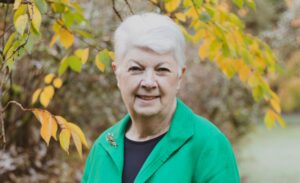

The Lecture – Exploring History and Nature in the City (Seattle)
Quimper Geological Society welcomed back our friend David B. Williams, author, naturalist, and tour guide on December 6, 2025.
David B. Williams speaks about his two new books: Seattle Walks and Wild in Seattle. In his talk, David discusses how urban dwellers can get to know their city better by getting outside, walking, observing, and paying attention. He shares some of his adventures including birding at 60 mph, the pleasures and discoveries to be made by going back to the same location repeatedly, and how to date a 1100-year-old earthquake. This talk will appeal to newcomers, visitors, and longtime residents hopefully giving everyone new ways to appreciate Seattle, as well as inspire them with ways to connect with their hometown.
David will have some books available to purchase before and after the lecture.

About the speaker
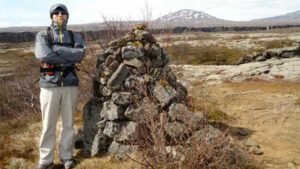
David B. Williams is an author, naturalist, and tour guide whose award-winning book, Homewaters: A Human and Natural History of Puget Sound is a deep exploration of the stories of this beautiful waterway. He is also the author of Too High and Too Steep: Reshaping Seattle’s Topography, Stories in Stone: Travels Through Urban Geology, as well as Seattle Walks: Discovering History and Nature in the City. Williams is a Curatorial Associate at the Burke Museum and writes a free weekly newsletter, the Street Smart Naturalist (https://streetsmartnaturalist.substack.com/ – by clicking the “No thanks” you may access the previous newsletters). More information about David’s books may be found at www.geologywriter.com

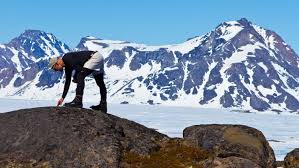
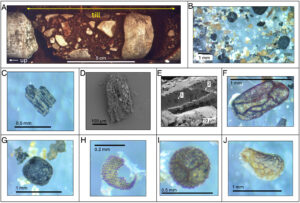
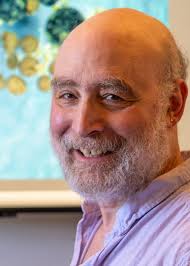 Paul Bierman, environmental science professor at the University of Vermont, develops methods to date ice and rocks. He has published in Science and Nature, with the findings covered by CNN, USA Today, and the Weather Channel. Paul is a 1993 graduate of the University of Washington (Seattle) where he earned his MS and doctorate in Geoscience after a BA at Williams College.
Paul Bierman, environmental science professor at the University of Vermont, develops methods to date ice and rocks. He has published in Science and Nature, with the findings covered by CNN, USA Today, and the Weather Channel. Paul is a 1993 graduate of the University of Washington (Seattle) where he earned his MS and doctorate in Geoscience after a BA at Williams College.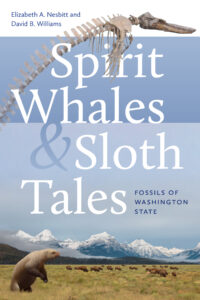
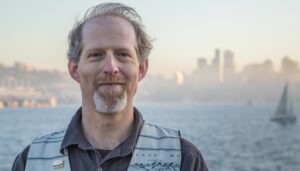 David B. Williams is an author, naturalist, and tour guide whose award-winning book, Homewaters: A Human and Natural History of Puget Sound is a deep exploration of the stories of this beautiful waterway. He is also the author of Too High and Too Steep: Reshaping Seattle’s Topography, Stories in Stone: Travels Through Urban Geology, as well as Seattle Walks: Discovering History and Nature in the City. Williams is a Curatorial Associate at the Burke Museum and writes a free weekly newsletter, the Street Smart Naturalist (
David B. Williams is an author, naturalist, and tour guide whose award-winning book, Homewaters: A Human and Natural History of Puget Sound is a deep exploration of the stories of this beautiful waterway. He is also the author of Too High and Too Steep: Reshaping Seattle’s Topography, Stories in Stone: Travels Through Urban Geology, as well as Seattle Walks: Discovering History and Nature in the City. Williams is a Curatorial Associate at the Burke Museum and writes a free weekly newsletter, the Street Smart Naturalist (